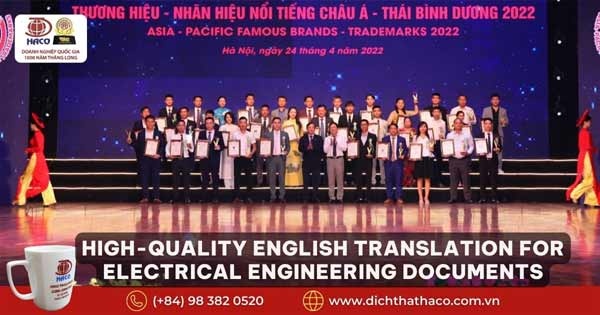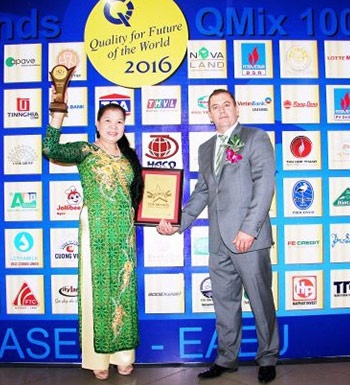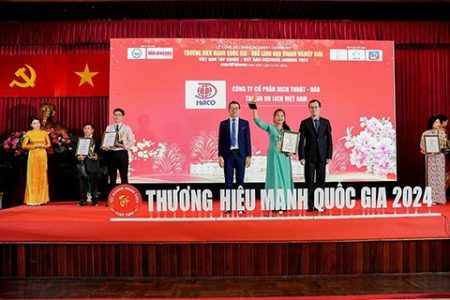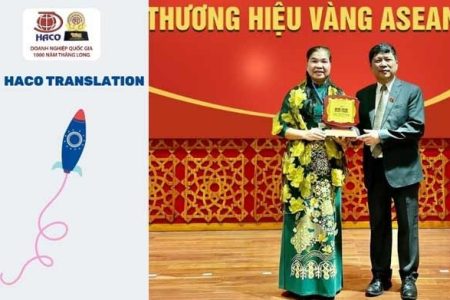English translation for electrical engineering is an important tool for engineers and technicians to communicate effectively in the field. It allows them to understand technical documents, manuals, and other materials in their native language. English translation for electrical engineering is also used to help bridge the gap between different cultures and countries, allowing for better collaboration and understanding.
English translation for electrical engineering is a complex process that requires a deep understanding of the language, as well as the technical terms and concepts used in the field. It is important to have a translator who is knowledgeable in both the language and the field of electrical engineering in order to ensure accuracy and clarity.
English document translation - HACO . Translation
The Challenges of Translating Electrical Engineering Terminology from English to Other Languages
Translating electrical engineering terminology from English to other languages can be a challenging task. This is due to the fact that electrical engineering is a highly technical field, and the terminology used is often specific and complex. Furthermore, the terminology used in electrical engineering is often derived from English, and may not have an exact equivalent in other languages.
When translating electrical engineering terminology, it is important to ensure that the meaning of the original term is accurately conveyed in the target language. This can be difficult, as the technical terms used in electrical engineering may not have an exact equivalent in other languages. In such cases, it is important to use a term that conveys the same meaning as the original term, while also being understandable to the target audience.
It is also important to consider the context in which the term is being used. Electrical engineering terminology can have different meanings depending on the context in which it is used. For example, the term “resistor” can refer to a component in an electrical circuit, or it can refer to a person who resists change. Therefore, it is important to ensure that the correct meaning of the term is conveyed in the target language.
Finally, it is important to consider the cultural context of the target language. Different cultures may have different ways of expressing the same concept, and it is important to ensure that the translation is appropriate for the target audience. For example, some cultures may use different terms to refer to the same concept, or may have different ways of expressing the same idea.
In conclusion, translating electrical engineering terminology from English to other languages can be a challenging task. It is important to ensure that the meaning of the original term is accurately conveyed in the target language, and that the translation is appropriate for the target audience. By taking these considerations into account, it is possible to ensure that the translation is accurate and effective.

How to Ensure Accurate Electrical Engineering Translations in a Global Marketplace
In a global marketplace, accurate electrical engineering translations are essential for successful communication and collaboration. Without accurate translations, misunderstandings can occur, leading to costly delays and errors. To ensure accurate translations, there are several steps that can be taken.
First, it is important to select a qualified translator who is knowledgeable in the field of electrical engineering. The translator should have a deep understanding of the technical terminology and concepts used in the field. Additionally, the translator should be familiar with the culture and language of the target audience.
Second, it is important to provide the translator with clear instructions and all relevant materials. This includes any technical documents, diagrams, and drawings that need to be translated. The translator should also be given a timeline for the project and any specific requirements that need to be met.
Third, it is important to review the translation for accuracy. This can be done by having a native speaker of the target language review the translation. Additionally, it is important to have a technical expert review the translation to ensure that all technical terms and concepts have been accurately translated.
Finally, it is important to establish a feedback loop with the translator. This will allow for any necessary corrections to be made quickly and efficiently.
By following these steps, companies can ensure accurate electrical engineering translations in a global marketplace. This will help to ensure successful communication and collaboration, leading to better outcomes for all involved.

The Benefits of Using Professional Electrical Engineering Translators
The use of professional electrical engineering translators is becoming increasingly important in today’s globalized world. Electrical engineering is a complex field that requires a high level of technical knowledge and expertise. As such, it is essential that any translations of electrical engineering documents are accurate and precise. Professional electrical engineering translators are able to provide this level of accuracy and precision, ensuring that the documents are understood correctly by all parties involved.
Professional electrical engineering translators are highly experienced in the field and have a deep understanding of the technical terminology and concepts used in the field. This ensures that the translations are accurate and that any technical terms are correctly translated. Furthermore, professional electrical engineering translators are able to provide translations that are tailored to the specific needs of the client. This allows for a more efficient and cost-effective translation process.
In addition to providing accurate translations, professional electrical engineering translators are also able to provide additional services such as proofreading and editing. This ensures that the translations are of the highest quality and that any errors are corrected before the documents are sent to the client. This helps to ensure that the documents are understood correctly and that any misunderstandings are avoided.
Finally, professional electrical engineering translators are able to provide a fast turnaround time. This is especially important for documents that need to be translated quickly, such as those related to deadlines or urgent projects. Professional electrical engineering translators are able to provide translations quickly and efficiently, ensuring that the documents are delivered on time.
Overall, the use of professional electrical engineering translators is essential for any organization that needs to translate electrical engineering documents. Professional electrical engineering translators are able to provide accurate and precise translations, as well as additional services such as proofreading and editing. Furthermore, they are able to provide a fast turnaround time, ensuring that the documents are delivered on time. As such, the use of professional electrical engineering translators is highly recommended for any organization that needs to translate electrical engineering documents.

The Impact of Machine Translation on Electrical Engineering Translation Projects
Machine translation (MT) has had a significant impact on electrical engineering translation projects. This technology has revolutionized the way electrical engineering documents are translated, allowing for faster, more accurate translations.
MT is a form of automated translation that uses computer algorithms to translate text from one language to another. It is used to quickly and accurately translate large amounts of text, such as technical documents, without the need for human translators. MT is becoming increasingly popular in the electrical engineering field due to its ability to quickly and accurately translate complex technical documents.
The use of MT in electrical engineering translation projects has several advantages. First, it is much faster than manual translation. MT can quickly translate large amounts of text, allowing for faster turnaround times on projects. Second, MT is more accurate than manual translation. The algorithms used in MT are designed to accurately capture the nuances of the source language, resulting in more accurate translations. Finally, MT is cost-effective. It eliminates the need for manual translators, which can be expensive.
Despite the advantages of MT, there are some drawbacks. First, MT is not perfect. It can make mistakes, such as mistranslating words or phrases, which can lead to inaccurate translations. Second, MT does not capture the nuances of the source language, which can lead to translations that are not as accurate as those produced by human translators. Finally, MT is not suitable for all types of documents. It is best suited for technical documents, but may not be suitable for more creative or literary texts.
Overall, MT has had a significant impact on electrical engineering translation projects. It has allowed for faster, more accurate translations, while also being cost-effective. However, it is important to remember that MT is not perfect and may not be suitable for all types of documents.

HACO TRANSLATION COMPANY – THE 1ST PRESTIGIOUS TRANSLATION SERVICE PROVIDER IN VIETNAM

COME WITH HACO TO FEEL THE DIFFERENCE AND COMPARE;
YOU WILL SEE THE BRAND WORTHY TO CHOOSE
20 years of accompanying enterprises
Thông tin liên hệ:
Địa chỉ Miền Bắc: Số 2, Ngõ 68, Ngụy Như Kon Tum, Phường Nhân Chính, Quận Thanh Xuân, Hà Nội
Địa chỉ Miền Nam: 2A/3 Nguyễn Thị Minh Khai, P. Đa Kao, Quận 1, TP.HCM Địa chỉ
Singapore : 391B Orchard Road, Ngee City Tower B Singapore 238874
Di động: +84 983 820 520
Điện thoại & Fax: +84 24 3554 3604
Email: hanoi@dichthuathaco.vn












